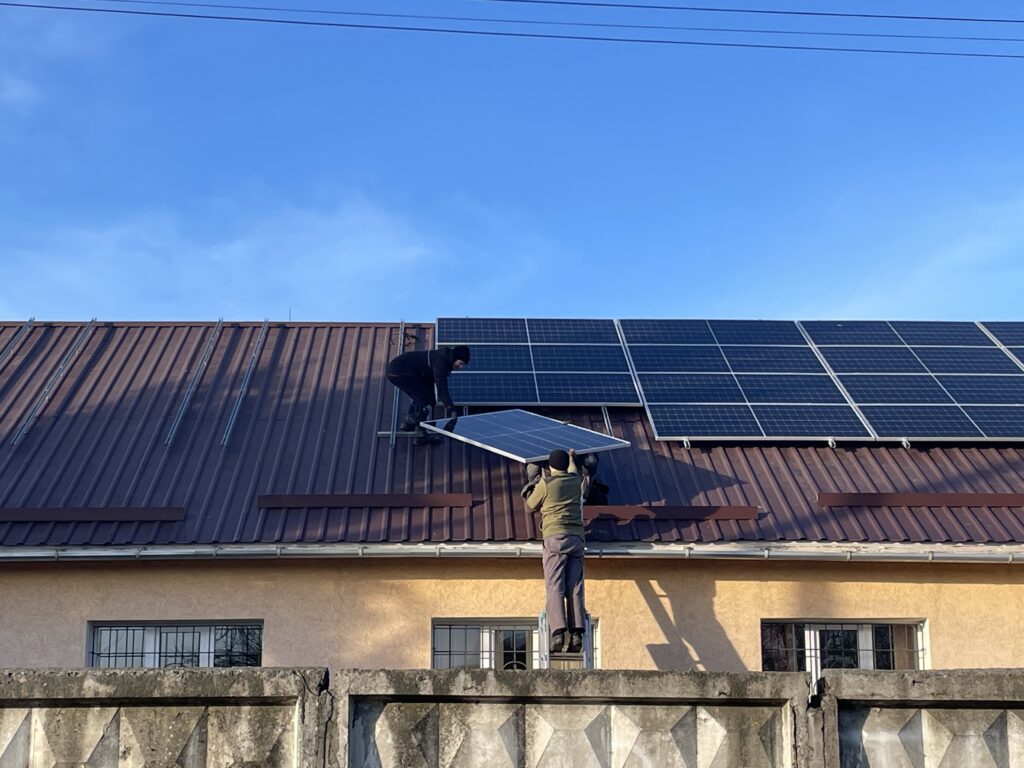Students of solar light up Turkey quake zone
22 March, 2023

Photo: SolarSTK
When two huge earthquakes struck the Turkey-Syria border region in February 2023, we learned once again through bitter experience, how solar energy can help to save lives in disaster zones, through its nature of being distributed, and generating power locally using sunshine.
Most of us use electricity everyday, to communicate, to access clean water, to power our homes, schools, hospitals and places of worship.
But when a 7.8 magnitude earthquake struck close to the Turkish city of Kahramanmaraş in the early hours of 6 February 2023, people were plunged into darkness, with much of the city and the surrounding region completely cut off from the electricity grid.
As people reached for generators to restore a level of power, fuel fell into short supply, and the diesel that was available skyrocketed in price.
Thankfully, soon after the earthquake struck, environmental organisations and companies operating in the solar sector began working to deliver solar systems to different parts of the disaster-hit region. Solar was quickly put to work, providing search and rescue teams with light and enabling survivors to charge their phones so they could try to contact loved ones.
But among the most heartwarming stories were those of the students of solar from across Turkey, who put their talent and learning into action to help those caught up in the disaster.
Around one thousand kilometres away from the earthquake’s epicentre, teachers and students from the Vocational Technical and Anatolian High School in Izmit quickly readied a telescopic lighting tower, which they had developed for use in disaster regions after their own town suffered a similar quake in 1999.
“Our tower can light up an area of 200 square metres, and can also be used as a power unit. But these are just technical features. The main thing is that it saves lives,” the school’s principal Mehmet Aktaş told the Demirören News Agency after travelling to the disaster zone with fellow teachers and students.
In Ankara, teachers and students from Cezeri Green Technology Vocational and Technical Anatolian High School sent solar benches which they’d designed to be used in temporary container cities constructed after the earthquake hit.
“Our benches provide people in disaster zones with a place to sit, to speak with other people and to charge their devices,” the school’s principal Mustafa Aydınhe told Anadolu Agency
Incredibly, students from Martyr Serdal Şakir Vocational and Technical Anatolian High School, which is located in Gaziantep, and who experienced the earthquake first-hand, have also got to work producing solar panels to go on top of temporary container classrooms to provide power for quake survivors taking lessons.
Around 50,000 people perished in the Turkey-Syria earthquake. Known as the “disaster of the century”, it laid bare the government’s failure to construct earthquake-resistant housing, hospitals and schools, to assign adequate and appropriate disaster assembly areas, and to build resilience into the country’s energy systems.
Located on multiple fault lines, Turkey will face earthquakes again, but it also stands to suffer from other disasters such as floods, droughts, forest fires and extreme weather events as a result of climate change.
Solar power alone cannot solve all of these challenges, but by replacing fossil fuels – together with wind – solar can help reduce carbon emissions, and by extension, the depth of the climate crisis.
Solar is permanently cheaper, cleaner and more people and nature-friendly than fossil fuels and should be deployed at speed and scale across the world. But critically, for people living in areas at high risk of natural disaster, solar’s capacity to operate autonomously as centralised systems fail makes it the best choice for generating electricity, both before or during disaster.


